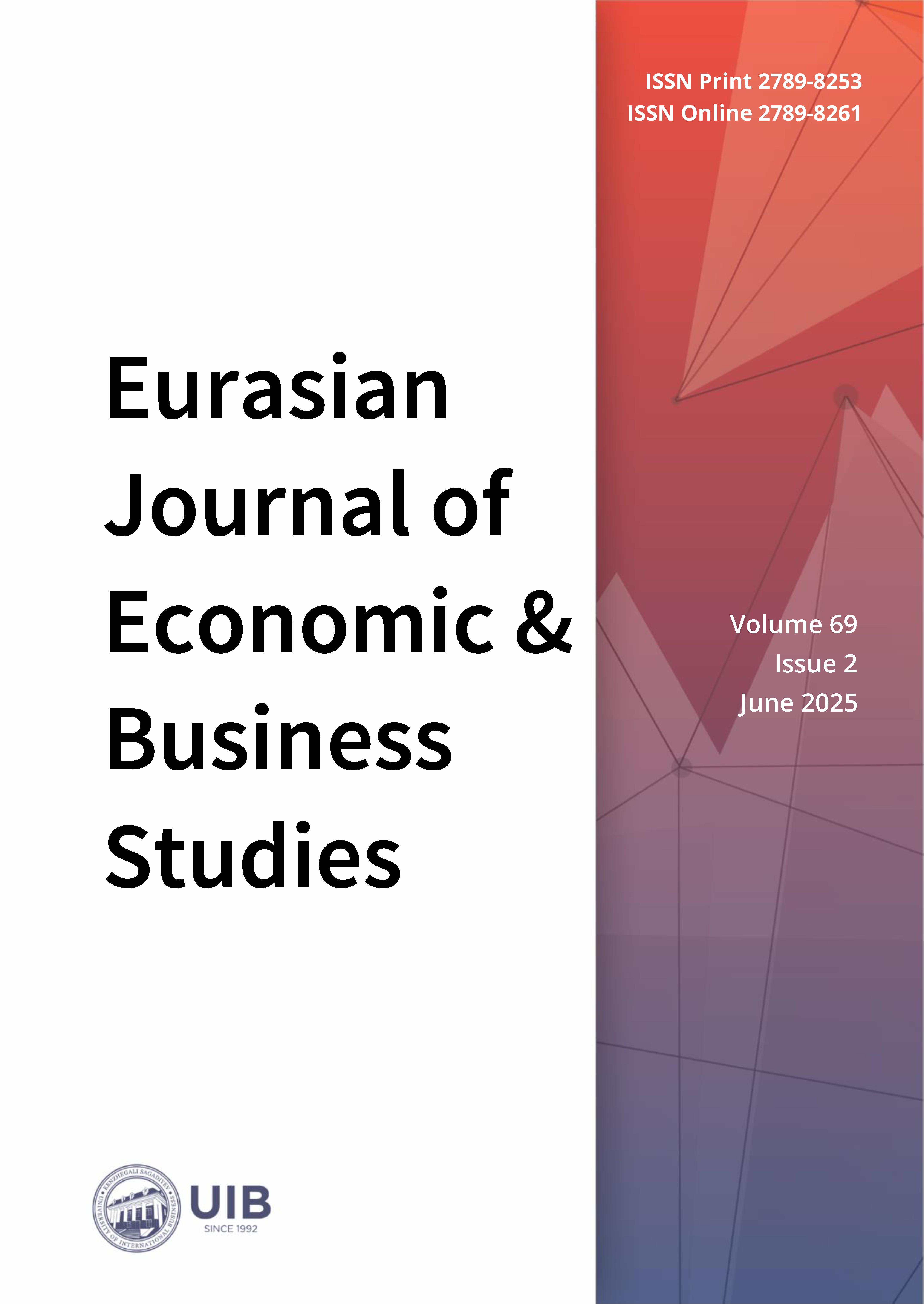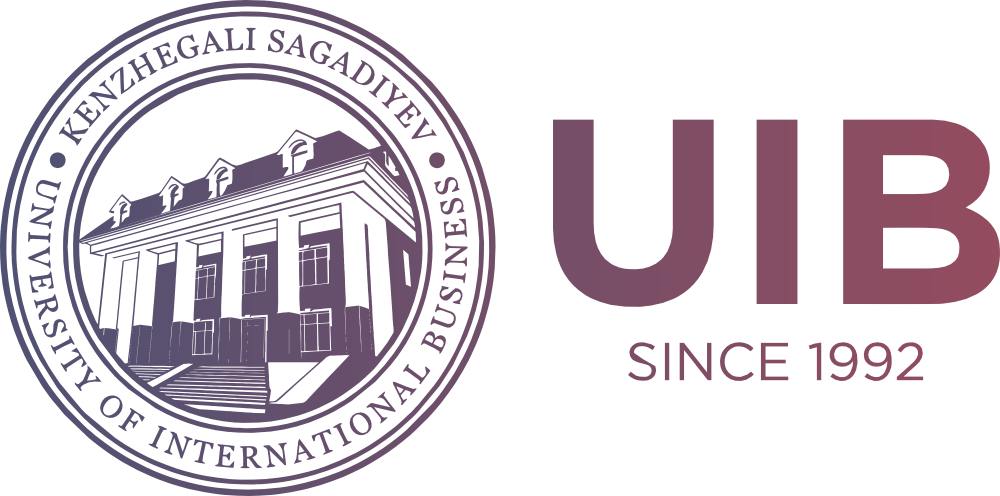The Role of Education in Reducing Income Inequality: A Regional Analysis of Kazakhstan
DOI:
https://doi.org/10.47703/ejebs.v69i2.505Keywords:
Economy, Regional Economy, Economic Development, Economic Inequality, Human Capital, Knowledge Economy, Higher Education, UnemploymentAbstract
In the context of increasing social stratification, the assessment of factors affecting income inequality is becoming particularly important. This article examines the influence of socioeconomic factors, including access to education and human capital development, on Kazakhstan's income inequality level. The Fixed Effects Model is used as an empirical approach, allowing for consistent regional characteristics and minimizing unexplained data variability. The methodological base is built on panel data for 16 regions, covering the period from 2001 to 2022, comprising 352 observations. The regression model estimates obtained showed statistically significant correlations between the analyzed factors and the level of income inequality. In particular, an increase in the level of education and an increase in the subsistence level contribute to a decrease in the Gini coefficient (coefficient for the subsistence level = -3.32e-06; p < 0.01). On the contrary, an increase in the proportion of the population with incomes below the subsistence level (coefficient = 0.000766; p < 0.01), unemployment (coefficient = 0.010659; p <0.01), as well as inflation (coefficient = 0.000851; p < 0.01) lead to an increase in income inequality. The results indicate that regions with higher educational opportunities and investment in human capital exhibit lower levels of inequality. The findings underscore the need to develop policies that expand access to quality education and reduce regional disparities, thereby mitigating social and economic inequality. Further research should focus on analyzing the role of educational institutions at the micro level and examining the nonlinear effects of regional education policies.
Downloads
How to Cite
Downloads
Published
Issue
Section
License

This work is licensed under a Creative Commons Attribution 4.0 International License.
Authors retain copyright and grant the journal right of first publication with the work simultaneously licensed under a Creative Commons Attribution (CC-BY) 4.0 License that allows others to share the work with an acknowledgment of the work’s authorship and initial publication in this journal.



